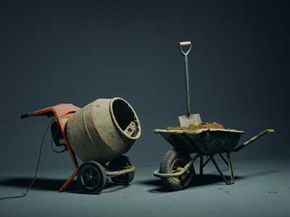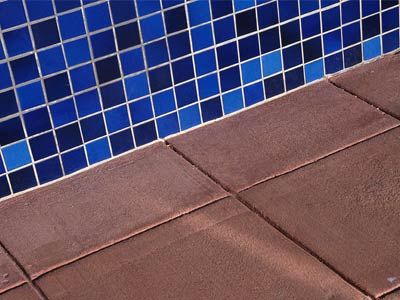Few professions are as unappreciated as that of the gangland concrete shoe cobbler. Maybe you've never had to send a rival mobster to the bottom of the East River and, therefore, can't fully appreciate the craftsmanship. After all, it looks pretty simple in "Billy Bathgate." However, if the movies teach us anything about the ins and outs of the criminal underworld, then fitting a doomed gangster with concrete shoes is obviously a far from simple undertaking. First, you have to make sure you have the right proportions in your concrete mixture and then you have to convince the intended victim to keep still for a few hours while it hardens around his or her feet. Even at gunpoint, that requires some serious conversational talent.
We've all seen concrete in action. Someone drives up in a truck, pours the gritty, wet concrete into the desired area and workers shape and smooth it into place. After it dries, you essentially have a custom-sized slab of rock -- only without having to cut blocks of stone out of the Earth. The technique is nothing new. The ancient Egyptians used a lime and gypsum mixture very similar to modern concrete as early as 3000 B.C., and opus caementicium was used throughout the Roman Republic.
Advertisement
Making concrete essentially resembles the common children's pastime of making mud pies in which mud is poured into a pan and allowed to dry into solid dirt. Of course, no one ever built a skyscraper out of mud bricks or sealed a mafia informer's feet in a slab of Georgia red clay. What is it that makes concrete special, and how do we turn sand and water into something as solid and immobile as a concrete dam?
In this article, we'll take a look at the recipe for modern concrete and the steps that go into paving our world.
Advertisement




